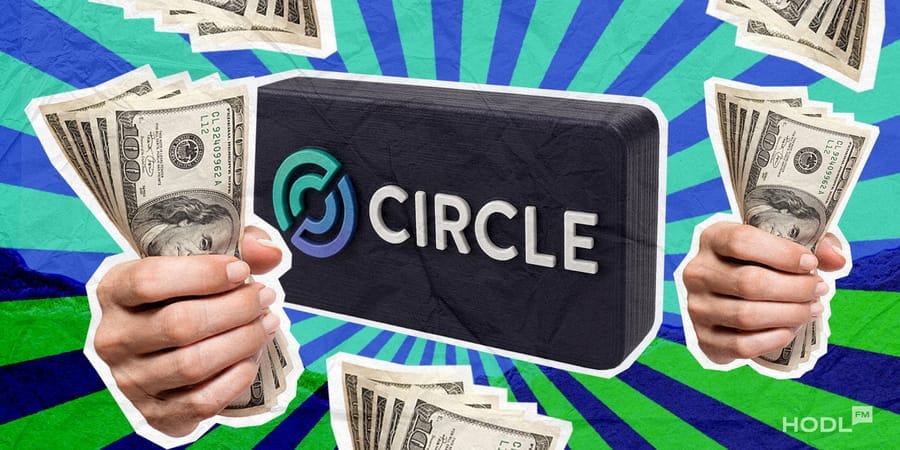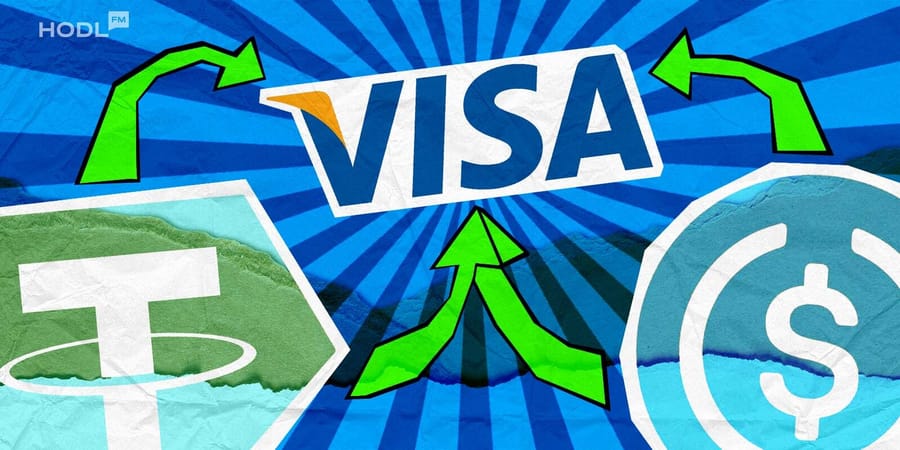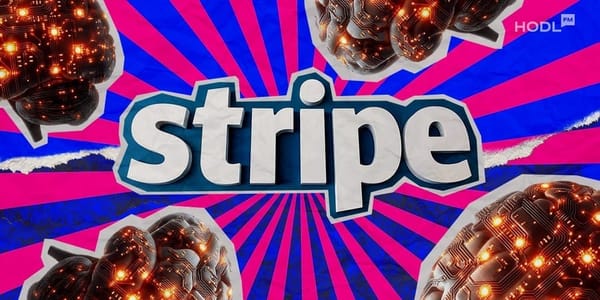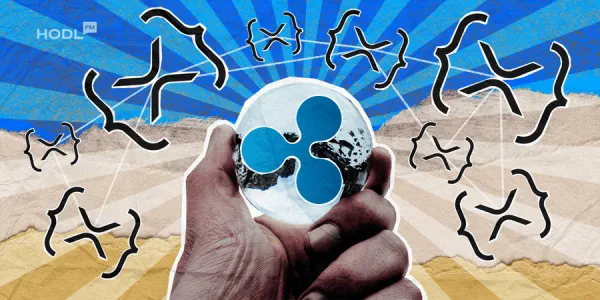Global payments leader Visa is intensifying its push into blockchain-powered financial services, announcing plans to add support for four new stablecoins on four different blockchain networks. The move comes as the company experiences record growth in stablecoin-linked spending, reinforcing its strategy to bridge traditional payments and digital assets through scalable infrastructure.
Visa extends its stablecoin footprint
During Visa’s Q4 2025 and full-year earnings call, Chief Executive Officer Ryan McInerney confirmed that the company is expanding its stablecoin infrastructure. The addition will enable Visa to process conversions between two stablecoin-based currencies and more than 25 fiat currencies, bringing greater flexibility to global money movement.
“We are adding support for four stablecoins running on four unique blockchains, representing two currencies that we can accept and convert to over 25 traditional fiat currencies,” McInerney said.
While Visa did not disclose the names of the new assets or networks, it already supports USDC, EURC, PYUSD, and USDG on Ethereum, Solana, Stellar, and Avalanche. The new integrations are expected to extend Visa’s multi-chain posture rather than replace its current frameworks, allowing partners to connect new assets without major system redesigns.
Record growth shows stablecoin adoption gaining traction
Visa’s latest announcement comes on the back of rapid growth in stablecoin activity. Since 2020, Visa’s crypto and stablecoin-enabled payment flows have exceeded $140 billion. Of that, over $100 billion has come from direct card-based digital asset purchases, while $35 billion was spent through Visa credentials on digital assets.
In the fourth quarter of fiscal 2025 alone, Visa reported a fourfold increase year-over-year in global spending tied to stablecoin-linked cards, a strong indicator of adoption by consumers and businesses worldwide. The firm’s stablecoin settlement volume has also reached an annualized $2.5 billion run rate, reflecting sustained demand for programmable and instant payment options.
McInerney highlighted that these numbers demonstrate the real-world traction Visa’s blockchain initiatives are gaining.
“As technologies like AI-driven commerce, real-time money movement, tokenization, and stablecoins converge to reshape commerce, our focus on innovation and product development positions Visa to lead this transformation,” he added.
Building a robust cross-border and liquidity network
Beyond expanding support for new stablecoins, Visa is strengthening its infrastructure to facilitate cross-border payments and liquidity management using blockchain rails. The company’s Visa Direct cross-border pilot, launched in late September, allows banks and financial institutions to pre-fund corridors with USDC and EURC, ensuring faster settlements across time zones.
By pre-funding these channels, institutions can reduce reliance on legacy daily cut-offs and simplify liquidity planning. The initiative aims to make cross-border payments smoother, cheaper, and more transparent, particularly for emerging markets, remittances, and the gig economy.
Additionally, Visa is introducing mint-and-burn capabilities for banks via the Visa Tokenized Asset Platform. This lets financial institutions create and redeem their own stablecoins, offering granular control over issuance and redemption processes.
“We are starting to enable banks to mint and burn their own stablecoins with the Visa Tokenized Asset Platform, and we are adding stablecoin capabilities to enhance cross-border money movement with Visa Direct,” McInerney confirmed.
Positioned for the next phase of digital finance
Visa’s consulting division is also supporting clients in implementing stablecoin strategies, signaling that stablecoins are becoming part of the broader Visa-as-a-Service model. With over 130 stablecoin-linked Visa card programs operating across 40 countries, the company is merging blockchain efficiency with Visa’s global payment network.
As Visa looks ahead, stablecoins appear central to its strategy to tap into multi-trillion-dollar opportunities in emerging markets and cross-border transactions. By intertwining blockchain technology, tokenization, and AI-driven fraud protection, which already safeguards over 16 billion Visa tokens, the company is fortifying both the security and scalability of its digital finance offerings.
With this expansion, Visa positions itself not just as a payment processor but as a digital financial infrastructure provider, bridging the gap between traditional money movement and next-generation assets.

Disclaimer: All materials on this site are for informational purposes only. None of the material should be interpreted as investment advice. Please note that despite the nature of much of the material created and hosted on this website, HODL FM is not a financial reference resource, and the opinions of authors and other contributors are their own and should not be taken as financial advice. If you require advice. HODL FM strongly recommends contacting a qualified industry professional.





